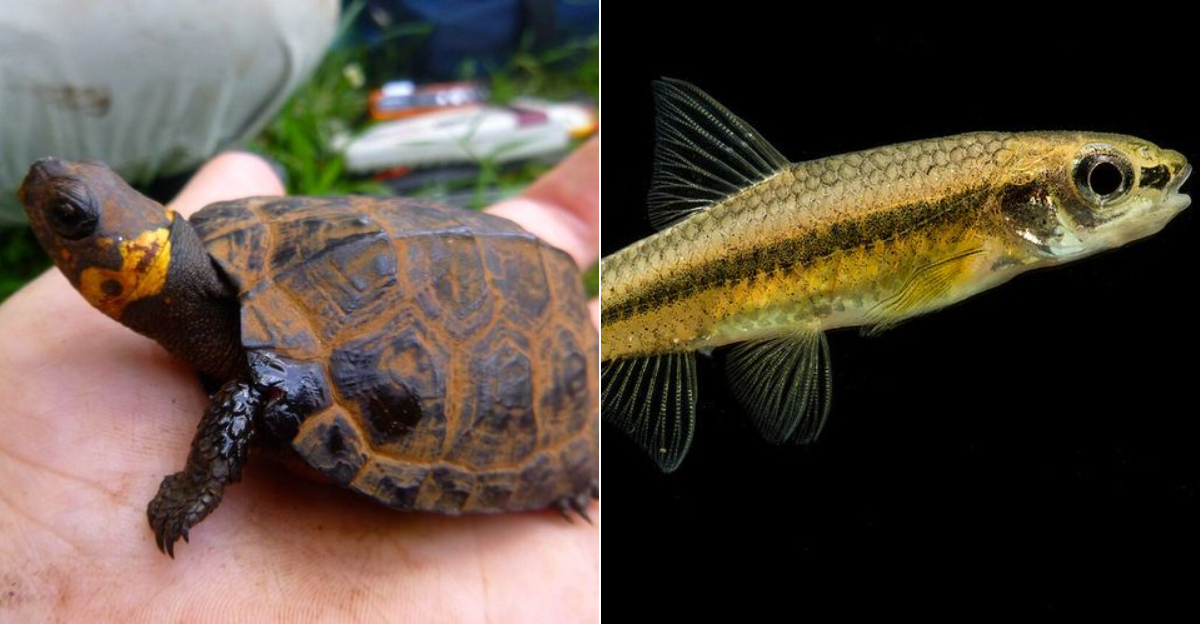North Carolina’s coastline is breathtaking—301 miles of Atlantic wonder. But beneath that beauty, a silent struggle unfolds.
I saw it firsthand last summer, when kayaking near the Outer Banks, I spotted a rare sea turtle. In that moment, I felt the fragile balance of these ecosystems, threatened and slipping away.
These nine species are fighting for their lives, and they need us to listen.
1. Red Wolf: The South’s Elusive Shadow
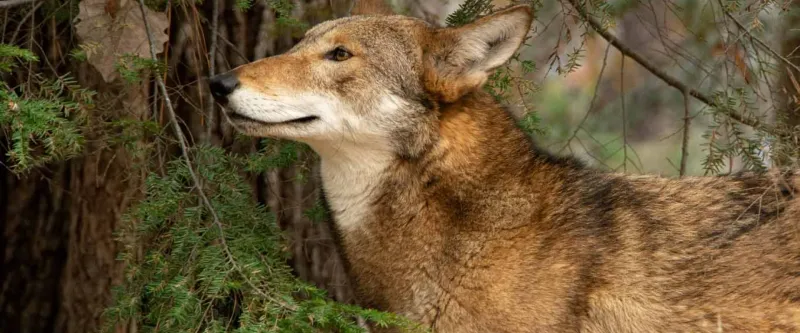
Only about 20 wild red wolves remain, all in northeastern North Carolina. I’ll never forget spotting one at dusk during a wildlife tour – its coat mixing perfectly with the autumn foliage. These shy predators are smaller than their gray wolf cousins but larger than coyotes.
Red wolves once roamed throughout the Southeast, but habitat loss and mistaken identity (hunters often confuse them with coyotes) have decimated their numbers.
Fun fact: Red wolves are so endangered that every individual is monitored with tracking collars!
2. Atlantic Sturgeon: Living Dinosaur Of Our Waters
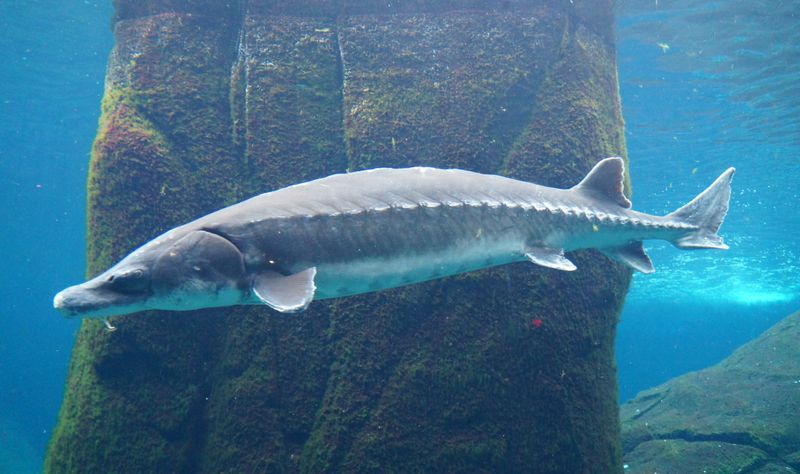
Atlantic sturgeon have swum in our waters since dinosaurs roamed the earth. Their armor-plated bodies and shark-like tails make them look prehistoric, which they actually are! These gentle giants can grow up to 14 feet long and live for 60 years.
Overfishing nearly wiped them out in the early 1900s when their eggs were prized as caviar. Today, they face new threats from boat strikes, water pollution, and dams blocking their spawning routes up North Carolina’s rivers.
Scientists track these magnificent fish with acoustic transmitters as they migrate between freshwater and the ocean depths.
3. North Atlantic Right Whale: Giants On The Brink
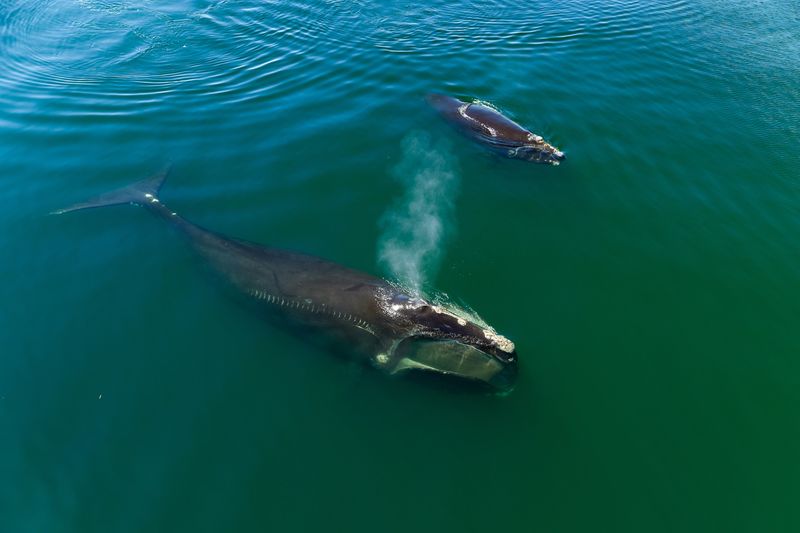
The sight of a North Atlantic right whale breaching off Cape Hatteras changed my life.
With fewer than 350 remaining, each individual matters tremendously to the species’ survival. These massive mammals can reach 52 feet long and weigh up to 70 tons!
Their name comes from being the “right” whale to hunt – they swim slowly and float when terminated. Though protected since 1935, they continue to face deadly threats from ship strikes and fishing gear entanglement during their annual migrations along our coast.
Mothers nurse their single calves for a full year, making every birth crucial for recovery.
4. Bog Turtle: Tiny Shell, Big Trouble
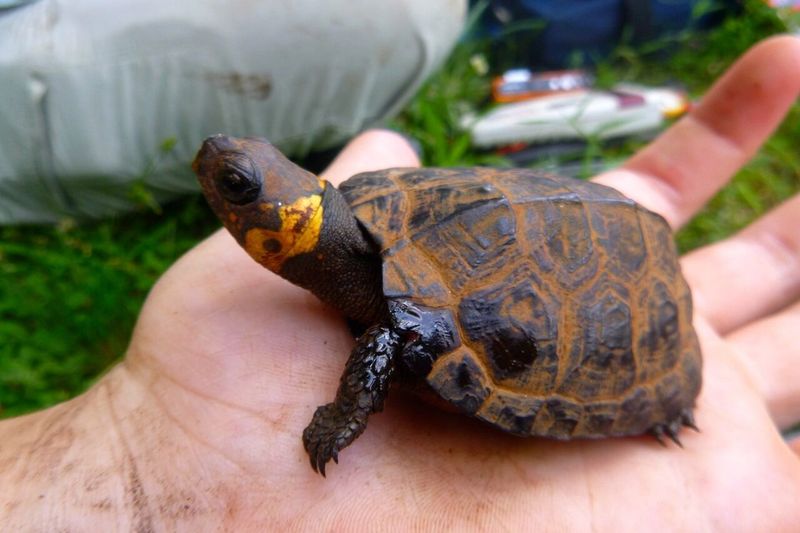
Bog turtles might fit in your palm, but their conservation status looms large.
Measuring just 4 inches long, they’re North America’s smallest turtle species! Their orange-yellow neck patches make them surprisingly flashy for such secretive creatures.
Mountain bogs and wetlands along North Carolina’s coastal plain provide critical habitat for these miniature marvels. Sadly, 90% of these specialized wetlands have been drained for development or agriculture.
Poachers target bog turtles for the illegal pet trade, where their rarity commands high prices.
5. Cape Fear Shiner: The Stream’s Golden Secret
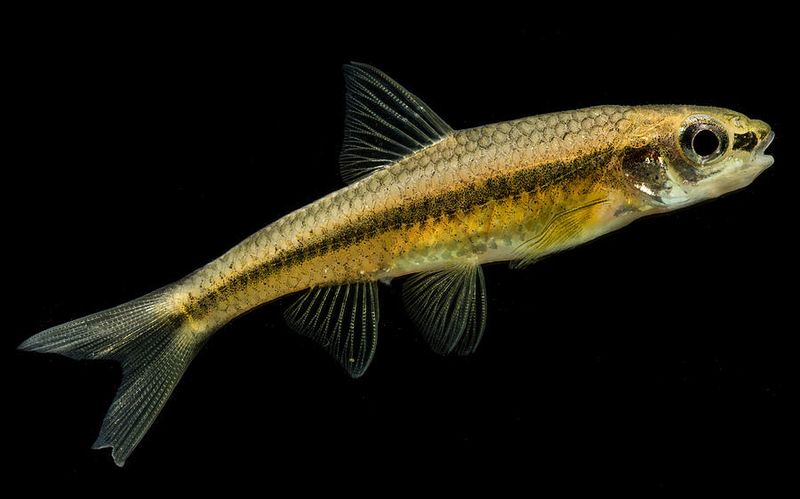
Found nowhere else on Earth except in the Cape Fear River basin, these delicate fish face an uncertain future.
Dam construction has fragmented their habitat, while agricultural runoff and industrial pollution degrade water quality. The shiner’s specialized breeding needs – clean gravel beds in flowing water – make it particularly vulnerable to these changes.
6. Crystal Skipper: Butterfly On The Edge
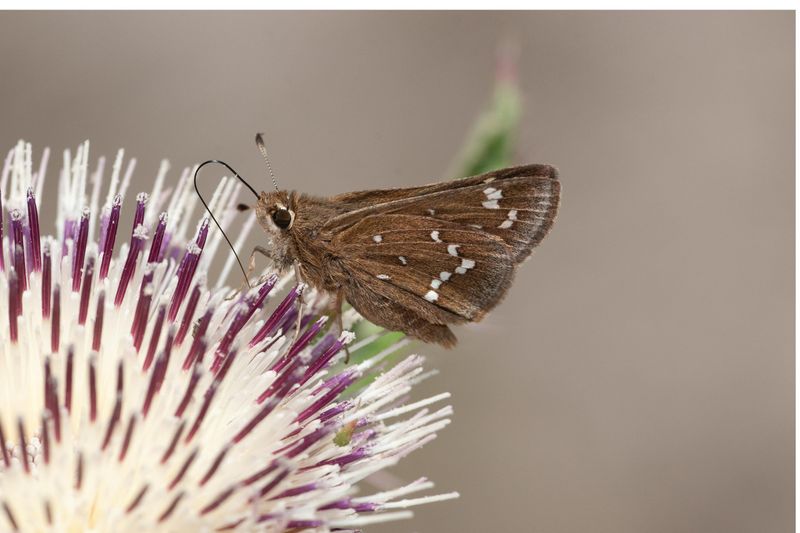
The crystal skipper butterfly exists in just a 30-mile stretch of North Carolina’s barrier islands. Its wings flash pearly white when catching sunlight, making it seem to disappear then reappear as it flits between sea oats and beach grasses.
Hurricane damage to dunes threatens this ultra-rare butterfly, as does beachfront development that removes its host plants. Climate change poses another challenge, with rising seas potentially swallowing its limited habitat.
Conservation groups now work with property owners to preserve dune habitats and plant sea oats that these butterflies depend on.
7. Kemp’s Ridley Sea Turtle: Racing Against Extinction
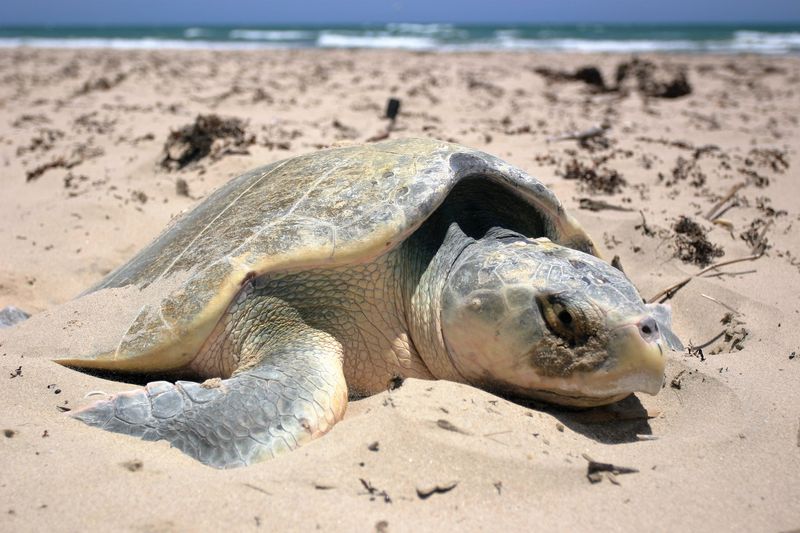
Kemp’s ridley sea turtles perform one of nature’s most spectacular events – synchronized mass nesting called “arribadas” where hundreds come ashore simultaneously.
The smallest of all sea turtles, they have heart-shaped shells and weigh just 100 pounds as adults. Their population crashed in the 1980s but has slowly increased thanks to intensive conservation efforts.
Beach lighting confuses hatchlings, causing them to crawl away from the ocean instead of toward it. Simple solutions like turtle-friendly lighting can make a huge difference for these ancient mariners.
8. Carolina Heelsplitter: The Forgotten Filter-Feeder

Carolina heelsplitters aren’t winning any beauty contests, but these freshwater mussels perform ecological magic. A single mussel filters 15 gallons of water daily, removing pollutants and improving water quality in our coastal watersheds!
These unassuming creatures have vanished from 90% of their historic range. They require clean, stable stream bottoms and fish hosts for their larvae – both increasingly rare in developed areas.
Mussel relocation programs now move threatened populations to protected stream sections. Though not as charismatic as wolves or whales, these humble shellfish deserve our protection as natural water purifiers.
9. Atlantic Loggerhead Sea Turtle (Caretta caretta)
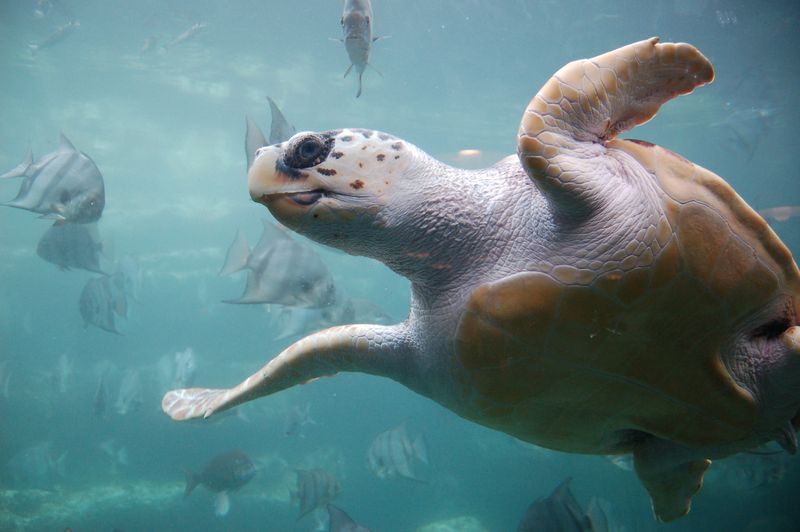
Female loggerheads return to NC beaches where they hatched decades earlier, digging nests and laying around 120 eggs each summer. After incubating for about 60 days, tiny hatchlings emerge under cover of darkness and scramble toward the moonlit ocean.
Sadly, these majestic creatures face numerous threats: fishing gear entanglement, plastic pollution, beachfront development destroying nesting sites, and disorienting artificial lights.
Conservation efforts include nest monitoring programs, turtle-friendly lighting ordinances, and specialized fishing gear to reduce accidental captures.
